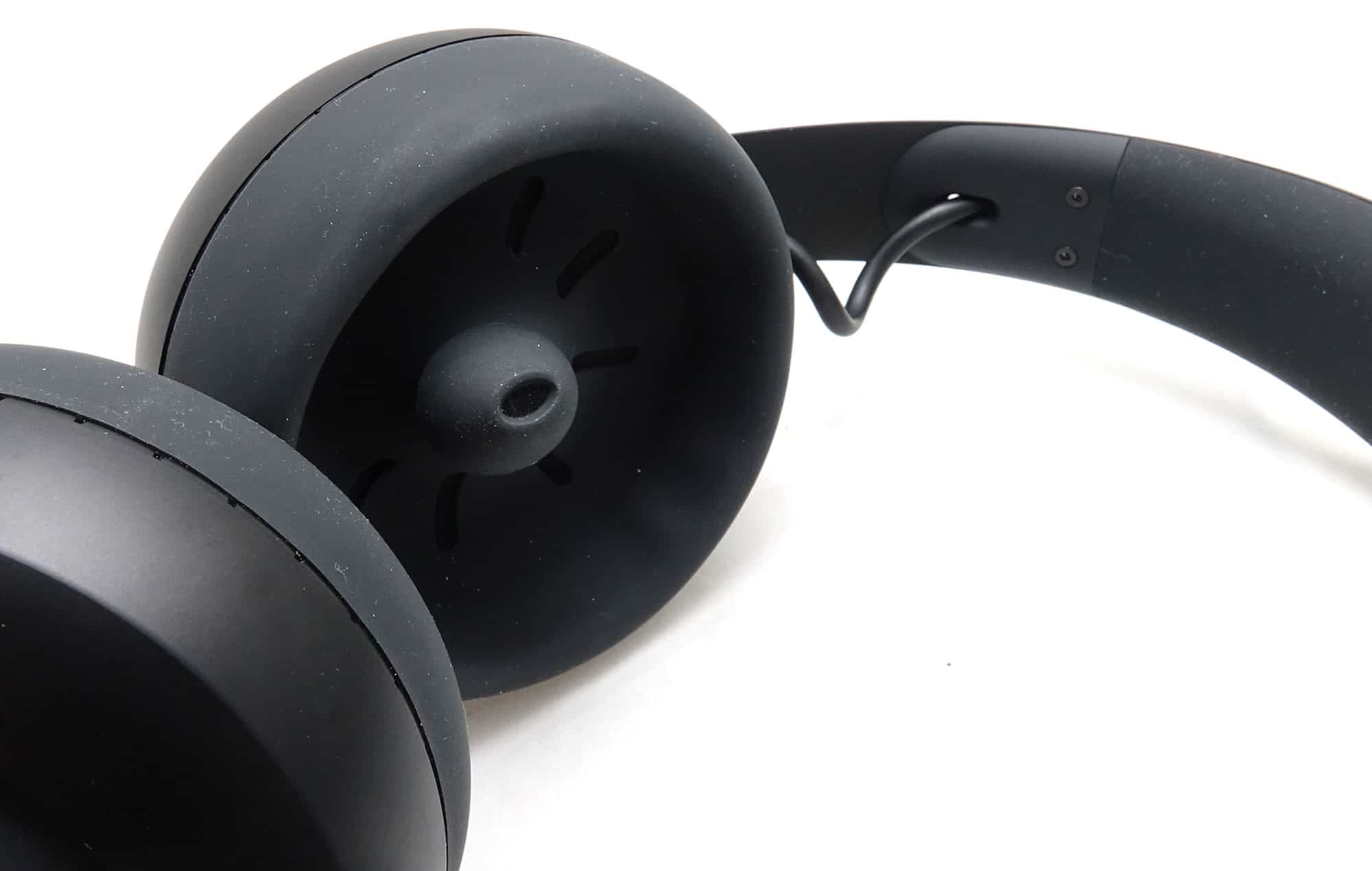A digital health back-down, a new TV turns up, and three ways to tune into sound, as we explore Samsung soundbars, Google’s Home Max, and the Australian Nuraphones. Hear it all on The Wrap.
Transcript
It’s the first week of August, and this is The Wrap, Australia’s fastest technology roundup, and what a week it has been, filled with backdowns, new things, and more, so let’s get stuck in.
And we’ll start with that backdown, because it’s an important one.
You might remember that the Australian government was rolling out a new digital health system for its citizens, and its one that may not have the support of everyone.
Called My Health Record, it’s a system that stores your health information and shares it with doctors and specialists across the country, but it’s one that you’re automatically a part of and have to opt out of if you don’t wish to be a part.
And that’s a problem, because it give groups like the police access to information about your life potentially without you knowing, a problem that has many up in arms.
This week, the government has backed down on at least part of My Health Record, with Health Minister Greg Hunt confirming that the system will be amended so that no information will be released without a court order.
That’s a start to addressing some of the concerns, but we suspect that the problems with My Health Record are far from over, especially as security becomes a major concern for everyone.
Now not all the news was about your health or security this week, and much was instead about how you watch and listen to the world.
For instance, Sony announced new TVs this week, with two new models aimed at folks who want the best colour for their Netflix binge. In fact, the new TVs — the A9F and Z9F — offer Netflix calibration, as well as a new chip that analyses the picture and sharpens it to improve picture quality.
There’s no word on pricing, but Australia will see the OLED A9F and LED-backlit Z9F in October.
Before then, we expect you’ll be able to view media to go differently, with a couple of new Samsung tablets that offer an iPad Pro-like experience, but with Android instead. You’ll find them in the 10.5 inch Tab A and Tab S4, and they should see release in the next month or so.
It’s the second of Samsung’s announcements, following on from an Atmos soundbar that aims to deliver more dimensional sound so that the movie experience feels more immersive, surrounding you in sound as it bounces it off the ceiling.
You’ll need a minimum of $1500 if you want to play with Samsung’s Dolby Atmos additions, but they will be in stores soon.
And Samsung’s take on sound wasn’t all we saw this week, with Google bringing a bigger Home speaker to Australia, coming in the form of the $549 Google Home Max.
Like its siblings in the Home and Home Mini, the Home Max is a Google Home smart speaker, but whereas the others seem like they could fit in with your home, this is all speaker, and even includes AI to help it sound as best as possible in your home.
As cool as that is, it’s not the most interesting audio technology we saw all week. That honour goes to Nura’s first pair of headphones, what’s being called the Nuraphones.
Developed by an Australian company, the Nuraphones are a unique premise: an audio experience designed to work with your ears, thanks in part to a unique headphone design that works with an app to measure and profile your hearing.
To do this, there’s an unusual headphone design that both sits around and in your ears. There’s an in-earphone you wear for most of the sound, while the cup handles bass and vibrations, creating a more dynamic sense.
The profiling is also really interesting. We tested it while we suffered through the flu season, and every day it managed to map the music for our ears, matching some of the best headphones out there.
To say we were surprised is an understatement; for a first effort, the Nuraphones are truly interesting, and definitely new and exciting.
They have some unique catches, such as how heavy and awkward they can feel the first first, second, or even tenth time you wear them. You get used to them eventually, but it’s definitely not your standard headphone fit.
Get through it and you’ll find solid noise cancellation,
fantastic battery life, and excellent audio quality. At $499, they’re not a cheap pair, but the Nuraphones are an intriguing look at what could be the future of portable sound.
You’ve been listening to The Wrap, Australia’s fastest technology roundup. We’ll be back next week, with The Wrap appearing every Friday at PodcastOne and Apple Podcasts.
Until then, have a great week, and we’ll see you next time on The Wrap. Take care.





